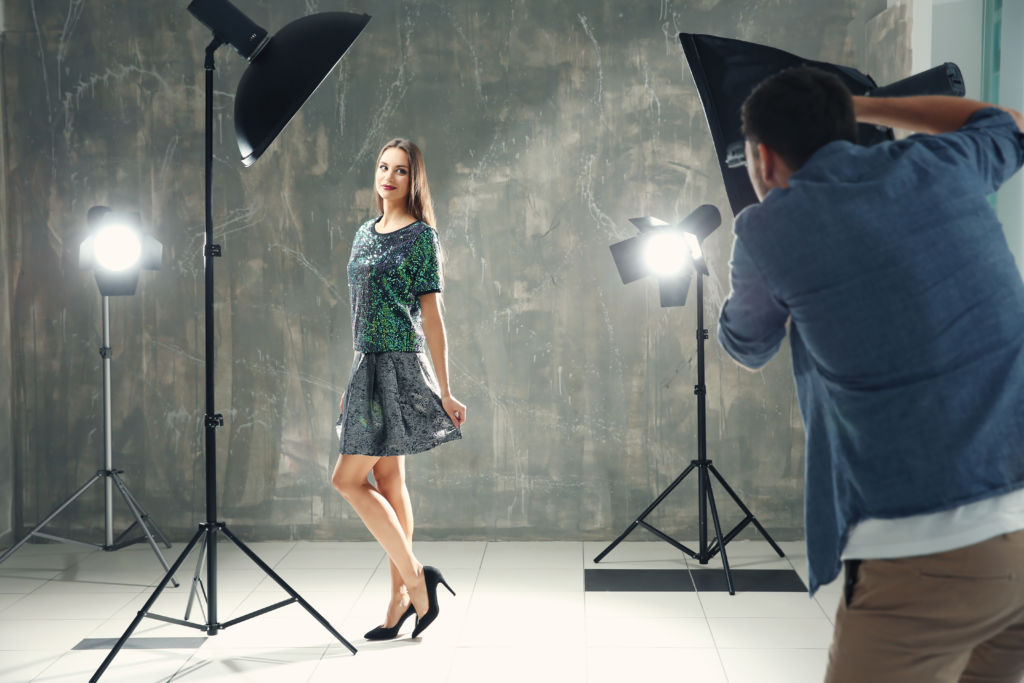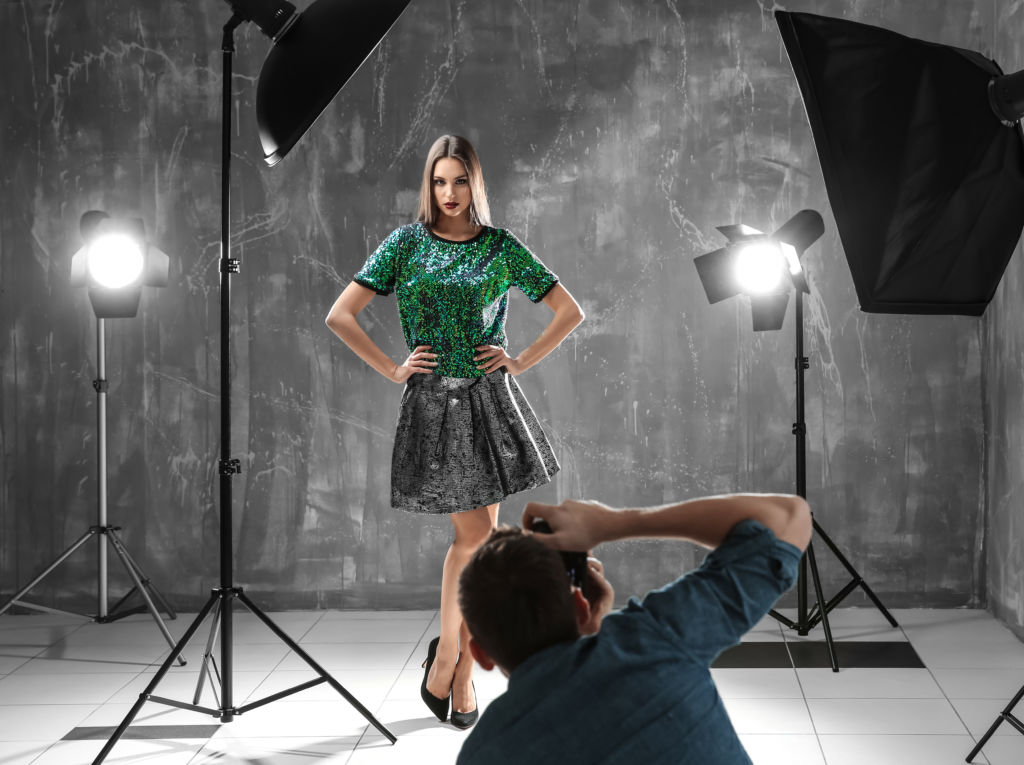When you work with inexperienced models, or just with normal people booking in for a portrait session, posing can be one of the biggest challenges. When a model is unable to pose correctly, the resulting images can appear flat or unflattering. This is obviously a problem for you, the photographer: if your clients are not happy with the images or they are not suitable for your portfolio purposes, then your reputation can be damaged and you may not get any benefit from the photoshoot. In order to ensure that your models always look at their best, you need to know how to pose them. Follow these tips to get better results.

1. How to advise
When you are giving advice to your models, remember to be gentle but firm. There’s no need to get irritated or snap at someone; if they do not understand you the first time, try repeating yourself more clearly. Take the camera away from your face to give them a better set of instructions, and mime the pose yourself to allow them to understand what you are asking of them. Do not allow yourself to get frustrated, as this will translate badly to them and may put them off or make them even more nervous.
If you are going to get up close to your models to put them into positions manually, never touch them without first asking for permission. Make sure that they feel comfortable. If they do not want you to touch them, and you do, this will only make them more uncomfortable, leading to tense and awkward posing. You want them to be as relaxed as possible.
Make sure to always use positive reinforcement. Tell your model how great they are doing. You can use words like fantastic and wonderful, or other positive terms. Then when they start to get the hang of things and produce some really top poses, ramp up your language to terms like beautiful and perfect. This will make them feel more confident, and will also allow you to get much better results as they relax further. It avoids the awkward feeling that can lead a model to panic and overthink what they are doing!
2. Correct common errors
There are a few common errors that almost all amateur models or subjects will attempt. You can correct these easily and can create a much better image almost instantly.
Let’s start with the tendency to put hands on hips or on the waist. This is quite a clichéd pose, and can in fact create an unflattering shape on models of a larger size especially. The eye is drawn to the space between the hands, creating an impression of a much larger body size. Direct your model to place their hands higher than their waist – just above halfway down the torso. This will create a much smaller space between the hands and a much more flattering impression.
If your image looks flat and dull, or your model appears awkward, ask them to turn slightly side on or place their legs apart. Both of these techniques will allow them to create a more dynamic pose which is more flattering. If standing head on to the camera, they should pop one hip and bend the opposite knee, as this means the body turns slightly and does not appear as wide. Just this simple difference will make them appear much better.
If you have trouble with unflattering shadows on the face, ask them to turn their eyes towards the light. This will give them a fully illuminated face with no shadows, and can also give a radiant feel to the image. If they raise their chin too high or lower it too much so that their neck pushes out the chin area for a wider effect, then you can also give them the advice of following their nose. Point the nose straight, and follow it with the eyes. Looking straight down the lens is always great.

3. Give inspiration
Tear sheets and mood boards are a great way to allow your models to gain inspiration in their poses. Cut out or print out images that you like, where the model is using an inventive pose or looks particularly flattering. Classic poses that can be used in any situation will be a great help. Stick them up around your studio to give them something to look at.
If you can’t put anything up on the walls for any reason, you can include the images in flip files instead. Keep a folder of inspiration which models can look through. You can use different collections of images for different types of models: women, men, larger women, larger men, children, pregnant women, older subjects, and so on and so forth. This will keep the poses relevant and will show your model that, yes – even someone with their body type can look great in images!
You can also keep fashion magazines around – the bigger the volume, the better. This will serve as another file to flick through when you need fresh inspiration. Even if the poses you pull from the magazine are no good, this will allow your model to practice posing and get into the swing of things a little better. They will then be more relaxed and may be able to come up with better results. This is a good idea to try near the beginning of a session if you realise early on that they are not comfortable with posing or do not have many ideas.
4. Do your part
Don’t forget to make sure you are optimizing the way that you capture the pose. If you crouch a little lower, even going right down to the ground, you will be able to make the model appear taller and more regal. Going above the model can be unflattering, so be careful with this. Keep the camera at their normal eye-level in order to keep a level effect – this is particularly important if you are taller or shorter than your model.
Do you have any great tips on how you help your models to pose? Tell us in the comment section!
THANKS